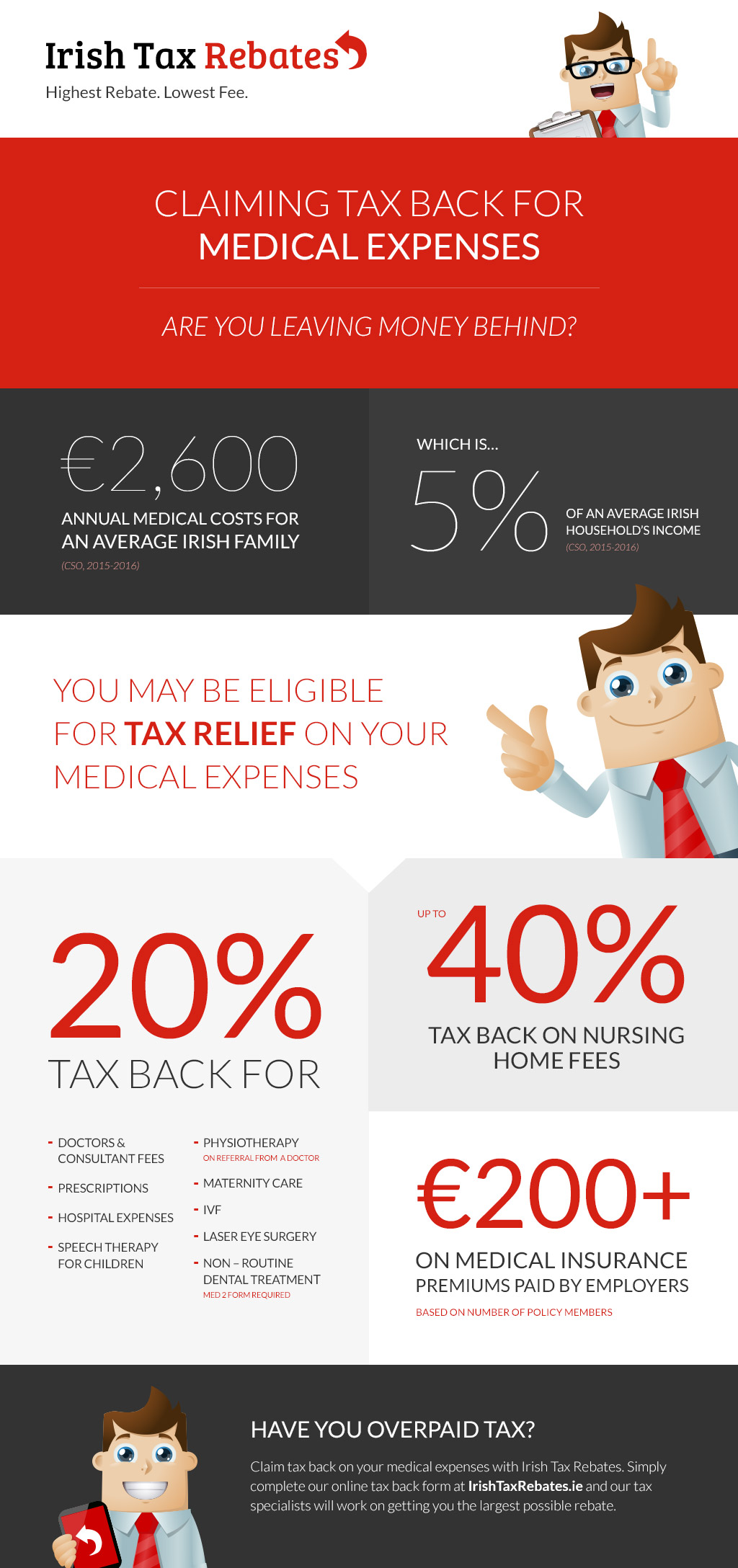When contemplating the choice in between traditional cataract surgical procedure and laser-assisted techniques, you may find yourself evaluating the benefits and disadvantages each approach supplies. The choice surpasses the surface area level of expense and accuracy, delving into the realm of long-term outcomes and individual fulfillment. As you navigate via the complexities of these 2 techniques, it becomes important to comprehend the nuanced information that can substantially impact your visual clarity and total experience. Remain tuned to uncover after cataract surgery when can you drive that will certainly lead your decision-making process in this critical element of eye care.
Standard Cataract Surgical Treatment Benefits And Drawbacks
When considering conventional cataract surgery, you might locate that it's a reputable and widely-used method. In this procedure, a specialist makes a tiny laceration in the eye and utilizes ultrasound to break up the gloomy lens before removing it. When the cataract is eliminated, a fabricated lens is inserted to restore clear vision.
Among the major advantages of traditional cataract surgery is its record of success. Many patients have had their vision substantially improved through this treatment. Furthermore, standard surgery is commonly covered by insurance policy, making it an extra available option for lots of individuals.
Nevertheless, there are some downsides to conventional cataract surgical treatment also. Recuperation time can be longer contrasted to newer methods, and there's a somewhat greater threat of problems such as infection or inflammation. Some patients may additionally experience astigmatism or call for analysis glasses post-surgery.
Laser-Assisted Techniques Benefits And Drawbacks
Discovering laser-assisted techniques for cataract surgery unveils a modern technique that utilizes laser technology to execute vital steps in the treatment. One of the key benefits of laser-assisted cataract surgery is its accuracy. The laser allows for exceptionally precise incisions, which can lead to much better aesthetic outcomes. Additionally, making use of lasers can decrease the amount of ultrasound energy required throughout the surgery, possibly lowering the risk of difficulties such as corneal damages.
On the downside, laser-assisted strategies can be more pricey contrasted to conventional methods. This expense mightn't be covered by insurance, making it less accessible to some individuals.
An additional factor to consider is that not all cataract surgeons are trained in laser technology, which might restrict your options for choosing a surgeon.
Finally, while the laser can automate specific aspects of the procedure, the surgical treatment still needs a competent cosmetic surgeon to guarantee effective outcomes.
Relative Analysis of Both Approaches
For an extensive understanding of cataract surgical procedure techniques, it's vital to conduct a comparative evaluation of both conventional and laser-assisted methods.
Standard cataract surgery entails manual incisions and using portable devices to separate and eliminate the cloudy lens.
On the other hand, laser-assisted cataract surgery uses sophisticated technology to produce accurate incisions and break up the cataract with laser power prior to removing it.
In terms of accuracy, laser-assisted methods supply a higher level of precision compared to traditional approaches. Using Highly recommended Site permits modification of the procedure based on each client's eye anatomy, potentially bring about far better aesthetic results.
However, laser-assisted cataract surgical treatment tends to be more costly than conventional surgical treatment, which might limit availability for some clients.
While both methods are effective in restoring vision impaired by cataracts, the selection between traditional and laser-assisted strategies commonly depends upon aspects such as price, accuracy, and specific patient requirements.
Consulting with your ophthalmologist can aid identify one of the most ideal technique for your cataract surgical treatment.
Verdict
In conclusion, when deciding in between typical cataract surgical treatment and laser-assisted techniques, take into consideration elements like price, precision, and private needs. Typical surgical procedure offers a tried and tested track record and insurance policy coverage yet might feature longer healing times. Laser-assisted methods supply higher precision and modification yet can be more pricey and not always covered by insurance coverage. Ultimately, the choice between both techniques relies on what is essential to you and your specific situation.
